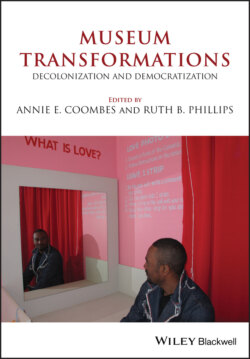Читать книгу Museum Transformations - Группа авторов - Страница 29
Becoming aware of the fate of individuals
ОглавлениеWith the trial of Adolf Eichmann in Jerusalem (1961), and the worldwide publicity it attracted, Germany was forced to face the country’s past as perpetrator again and, during the following years, the Auschwitz trials in Frankfurt also helped to keep the subject in the public consciousness. The student movement of the 1960s publicly challenged the older generation and raised difficult questions. This eventually changed the political culture of West Germany, where undemocratic and authoritarian attitudes had survived. Many members of the younger generation responded with anger and protest while still remaining under the influence of an older generation that had often successfully hidden their participation in National Socialist policies and crimes. Consequently, their protests were often carried out without much knowledge of historical detail and with little interest in the fate of individuals. A real “processing” of the Nazi past had not yet taken place.
Mainly because of the American TV series Holocaust (1978), which brought to light individual stories of victims, younger people in Germany became aware of the fact that millions of individuals – Jewish families, children, men, and women – had been persecuted and murdered by their parents’ generation. This TV series helped give a face to what had until then been known only vaguely, mostly in terms of anonymous numbers and symbolized by pictures of dead bodies so horrible that one did not know how to deal with them. Beginning in the 1980s, a new generation of Germans formed citizens’ groups and initiatives. Grassroots historians appeared and students researched what had happened to Jews in their own home towns and neighborhoods. Often together with victims and survivor groups, they eventually succeeded in getting more public and governmental support to preserve historical sites, put up plaques on buildings, change street names, and to build memorials. Their efforts were accompanied by growing research on the Holocaust and by the famous controversy among historians, the Historikerstreit (Maier [1988] 1997; Evans 1989). A new generation of teachers and politicians also became more aware of the necessity to develop special curricula for the teaching of the Holocaust. These changes in West Germany were embedded in a larger context of perspectives on the Holocaust, and their presentation in the United States, Israel, and the countries of western Europe (Köhr and Lässig 2007; Lässig and Pohl 2007).
However, the commemoration and teaching of the Holocaust in West Germany differed from state to state because of the federalist structure of the FRG. On unification, West Germany’s “landscape of memory” was characterized by a great heterogeneity, and by the various activities of members of civil society.
